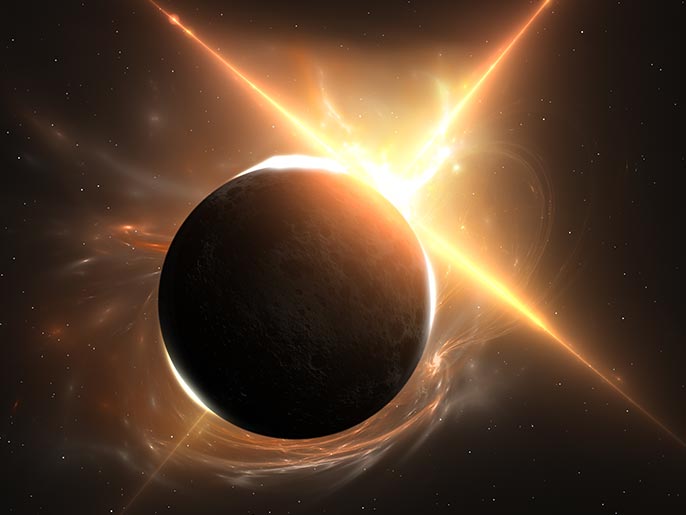
Eclipse 2017
As you probably know by now, we are postponing the first day of LS classes (8/21) to allow our families to travel to see the total eclipse if they so desire.
Monday high school classes will meet in their regular time slots and classrooms on Friday, August 18. We think a total solar eclipse is VERY exciting, so we asked our physics and physical science instructor, Sandy Fisher, to write a guest post about it:
What is a total solar eclipse? A total eclipse occurs when the moon moves between the earth and the sun and is in the right position and at the right distance from the Earth to completely block our view of the sun. Total solar eclipses are rare, and God is sending one close by for us to see.
When is it? Aug 21, 2017. Totality (when the moon completely blocks the light from the sun) occurs around 2:30 p.m. The eclipse starts around 1:00 p.m. and ends around 4:00 p.m. If you see times listed with “UT” following, this means “Universal Time.” Subtract 4 hours from UT to get our local Atlanta time in 24-hour time. The exact times depend on your exact location on the earth.
Where do I watch it? I like the map on this website:
This is a Google map. You can zoom in on wherever interests you. You can see the partial eclipse from anywhere in the Atlanta area where about 95-98% of the sun will be covered. But a total eclipse is worth going to see! Some people are going to Tennessee, past Chattanooga; some to Columbia, SC; some to Toccoa, GA. Totality will occur anywhere between the two blue lines on the map. The center line is where you will see the longest time of the total eclipse.
You can get the exact times for start, totality, and end of the eclipse for a certain location by clicking that location on the linked Google map. A box will pop up with this information and more.
How do I watch the eclipse safely? When the eclipse is still partial (before and after totality), you must use special solar eclipse “glasses” if you want to look directly at the sun. These glasses are so dark that the only thing you can see is the sun. You can order these glasses online; here is one vendor. Disreputable sellers may offer unsafe “glasses,” so be wary. You can buy the glasses for less than $5 each, and less than $2 if you buy a larger quantity (15 or more). Reportedly, the glasses are selling quickly, so don’t wait too long to get yours.
Or…make a pinhole projector. You can find instructions on several websites: here, here, and here, for instance.
What should I look for? When the eclipse is about to reach totality, two special optical events occur: “Bailey’s beads” and the “diamond ring.” You can see Bailey’s beads when light from the sun leaks past the surface of the moon in just a few tiny spots, looking like bright beads around the dark circle of the moon. Then it’s down to just one bead, and the tiny beam of light looks like the stone of a bright diamond and the sun’s atmosphere shines around the dark moon, letting you see the band of the “diamond ring.”
During totality, you can take off your glasses and you can see the glowing atmosphere of the sun around the dark circle of the moon, and perhaps a solar prominence, where a bright finger of gas is ejected from the surface of the sun. It is supposed to be truly awesome. At this time, you can see details of the sun you otherwise can’t see.
I have never seen a total eclipse, but God willing, I will see this one! Pray for good weather across the southeast.
If you have any more questions, you can probably find the answers here.
Enjoy the eclipse, and to God be the glory!
Sandy Fisher
Physics and Physical Science teacher | Assistant to Mrs. D | Robotics Club staff coordinator
By Lisa Gallion | Jul 12, 2017
